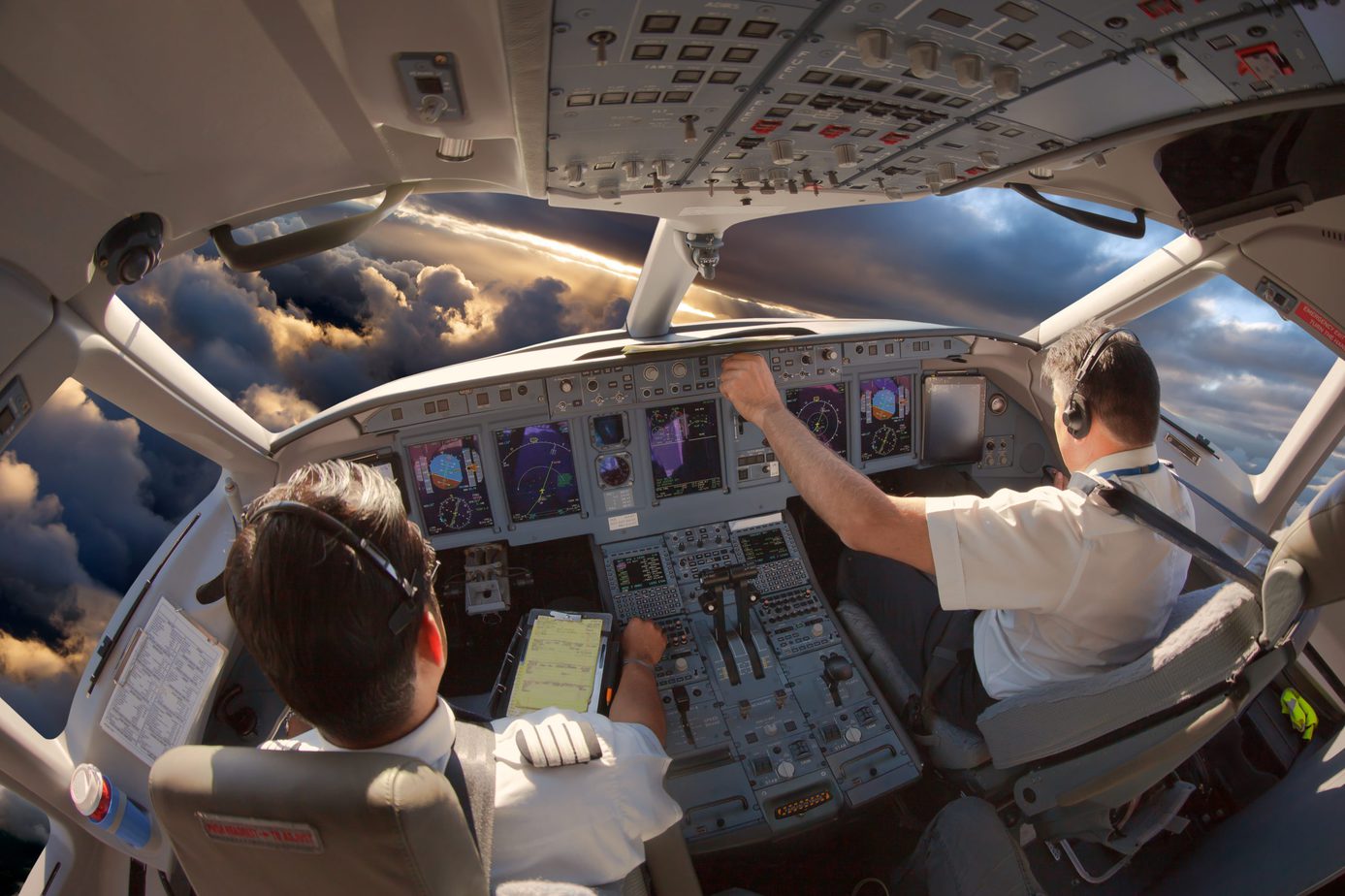
Every individual undertaking or planning to seek pilot training in US business aviation comes across Part 91 operations. Becoming a pilot is not a child’s play and requires extensive training for years and abiding by the Federal Aviation Regulations and flight rules. The potential pilots also get to know about part 91 operations and Part 135 operations and how distinct they are. Many have the opinion about their differences in simplistic terminologies, but in reality, they are more complex.
What is the Part 91 pilot operation?
Part 91 refers to the section of the Federal Aviation Regulations that offers general flight and operating rules concerning civil aircraft. Whether one is flying a Boeing or a Cessna, he/she has to abide by the Part 91 operation rules and regulations. Part 91 regulations are non-commercial, which indicates that they don’t consider offering any compensation, reimbursement, etc., for the cargo or passenger carriage. The pilot trainees are given training accordingly to abide by the given Federal Aviation policies.
The need for an FAA-approved commercial certificate
To receive payment for air transport, it is mandatory to have a commercial certificate from the FAA and, in some cases, approval from the Department of Transportation. The majority of the commercial certificates for business aircraft are issued under Part 135 operations, which are the charter rules of the FAA. They are sometimes called ‘charter certificates’, but their technical name is ‘air carrier certificate’. Since the FAA has put a hold on new charter certification, pilots desiring to fly under Part 135 must arrange with any present charter company.
Prevalent differences between Part 91 and Part 135
Flying hours
Under part 91 operations, pilots don’t have any stipulated flying hours. They can fly aircraft for days without taking breaks. On the other hand, under Part 135 operations, the pilots have particular flight-duty hours and rest time. This is one of the most prevalent differences between Part 91 and Part 135 operations in Federal Aviation. Furthermore, Part 135 enforces higher qualification standards for pilots and strict drug and alcohol testing.
Operational requirements
Part 91 and Part 135 also differs in terms of operational requisites. Under Part 91 operations, pilots can take off aircraft under conditions of zero visibility as well. On the other hand, flights operated under Part 135 aviation rules cannot fly in airports without proper weather reporting from the control room. The required runway length under Part 91 operations is based on the performance limitation of the aircraft. Under the Part 135 operation regulation, a 40% additional runway length is demanded.
Conclusion
Part 135 and part 91 operations under Federal Aviation Regulations are distinct in multiple areas. The candidates under pilot training are offered training on different aviation rules and regulations. Based on the aircraft they fly under stipulated operational regulations, the pilots must abide by those policies under every circumstance. Attaining valid certificates and approval for flying aircraft demands serious training, dedication, and years of practice.

